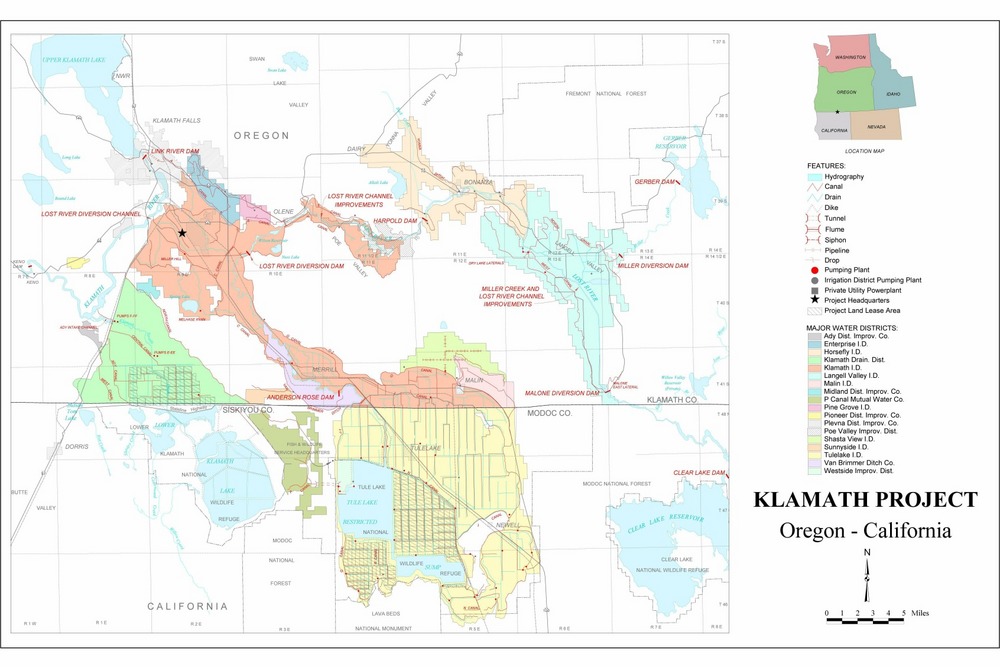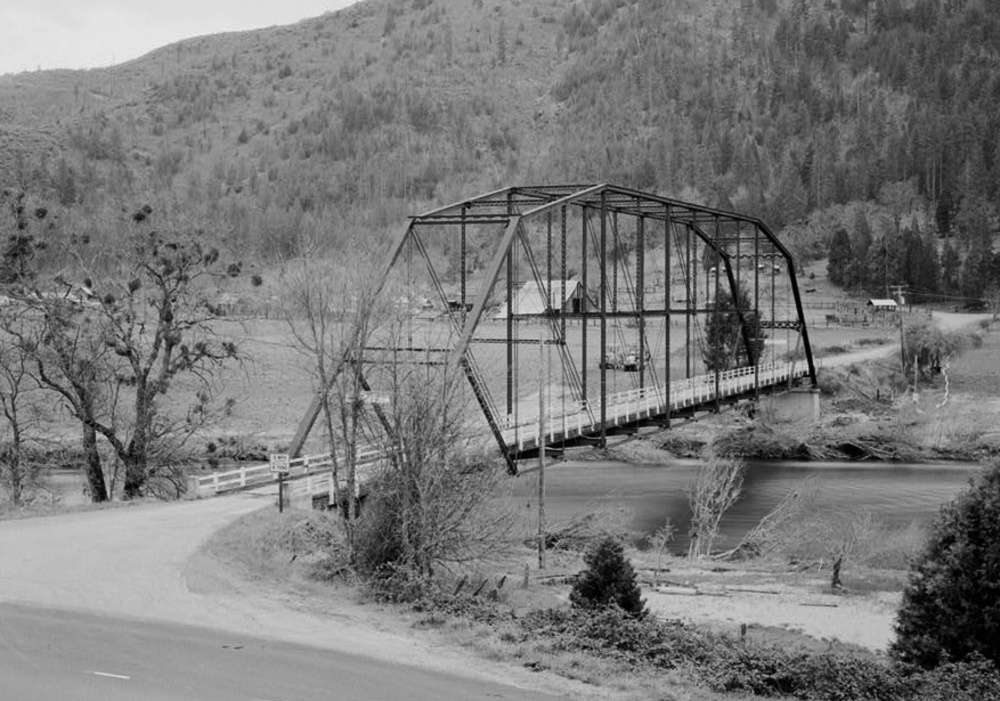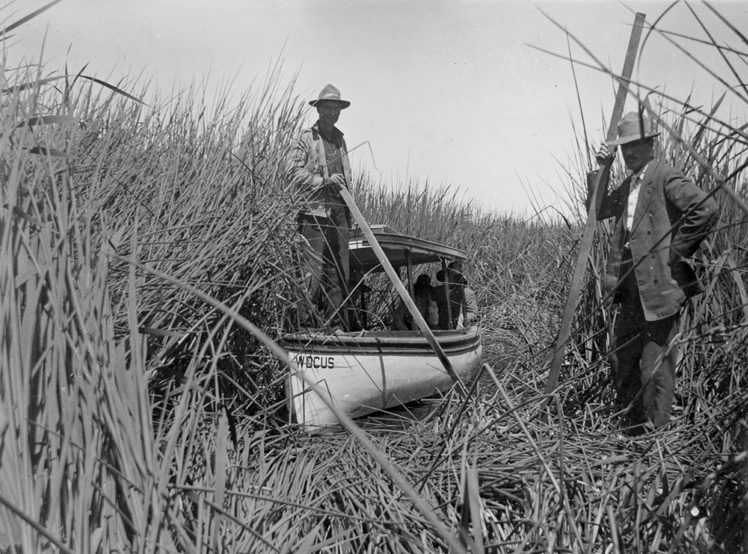When Congress passed the National Reclamation Act in 1902, the measure set in motion the dramatic transformation of arid sections of the American West to "reclaim" land for productive agricultural use. President Theodore Roosevelt, who signed the bill into law, believed that reclaiming arid lands would promote the agrarian ideals of Thomas Jefferson. Sometimes referred to as the Newlands Reclamation Act after its chief sponsor, Representative Francis Newlands of Nevada, the legislation authorized the Secretary of the Interior to designate irrigation sites and to establish a reclamation fund from the sale of public lands to finance the projects. Of the many reclamation projects in the United States, Oregon's Klamath Project is the second oldest in the nation.
Administered by the Reclamation Service (renamed the Bureau of Reclamation in 1923), the projects required settlers to repay the costs of constructing the irrigation works within 10 years. Congress subsequently extended the repayment period to 20 years, then 40 years, and finally to an indefinite time, dependent on ability to pay. The law placed 160-acre limitations on single ownerships, a requirement that was ignored, especially in huge irrigation districts, such as those in central California. Reclamation officials had to work within widely varying state and territorial water laws to implement the projects.
The greatest expansion in federal reclamation took place following the huge Depression-era water development. Although Oregon lacked an enterprise the size of Washington's Columbia Basin Project, the state was home to reclamation works in the Klamath Basin, the Vale-Owyhee-Malheur area, the Umatilla Project, and the North Unit on the middle Deschutes River. Collectively, those projects set in motion water withdrawals that eventually invited litigation involving Indian treaty rights, endangered species, and a host of other troubles. Most of the legal fights have centered on the Bureau of Reclamation's practice of allowing agricultural interests to over-appropriate water from streams.
The Klamath Project, straddling the California border, attracted attention in the early twenty-first century as the most troubled waterscape in the Northwest. The conflict involves the over-appropriation of water, the prior-appropriation rights of the Klamath Tribe, the requirements of the Endangered Species Act, and the protected status of fishes. The controversies become more heated in years of diminished water availability.
-
![]()
Klamath Basin Project map.
U.S. Bureau of Reclamation
-
![]()
Klamath Basin Project.
Oreg. Hist. Soc. Research Lib., bb005779
Related Entries
-
![Crooked River Project]()
Crooked River Project
In 1956, with the help of Oregon senators Wayne Morse and Richard Neube…
-
![Klamath Basin Project (1906)]()
Klamath Basin Project (1906)
When trapper Peter Skene Ogden first saw the Upper Klamath River Basin …
-
![Klamath River]()
Klamath River
The Klamath River originates on a plateau east of the Cascade Range in …
-
![Lower Klamath Lake]()
Lower Klamath Lake
Before human engineering altered the upper Klamath Basin, water flowed …
-
![U.S. Bureau of Reclamation]()
U.S. Bureau of Reclamation
The U.S. Bureau of Reclamation, in the Department of the Interior, has …
Related Historical Records
Map This on the Oregon History WayFinder
The Oregon History Wayfinder is an interactive map that identifies significant places, people, and events in Oregon history.
Further Reading
Bureau of Reclamation, "Project Histories," http://www.usbr.gov/history/
Donald J. Pisani. To Reclaim a Divided West: Water, Law, and Public Policy, 1848-1902. Albuquerque: University of New Mexico Press, 1992.
William D. Rowley, The Bureau of Reclamation: Origins and Growth to 1945, Vol. 1. Denver: Bureau of Reclamation, 2006.
William G. Robbins, Landscapes of Conflict: The Oregon Story, 1940-2000. Seattle: University of Washington Press, 2004.







